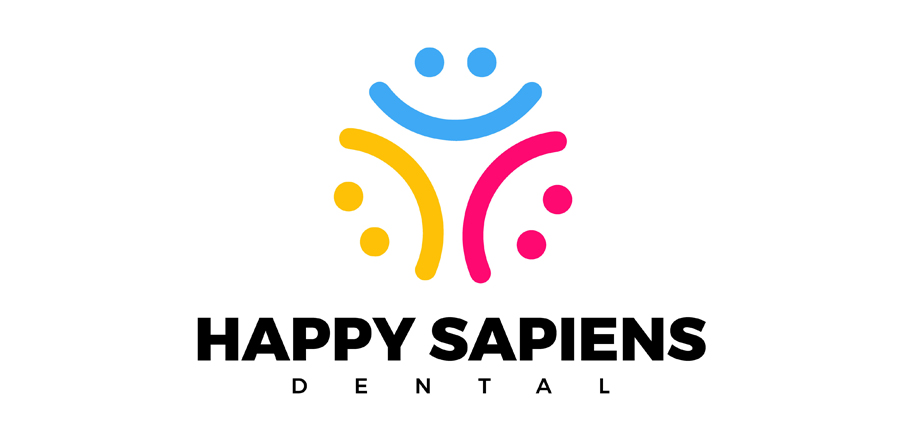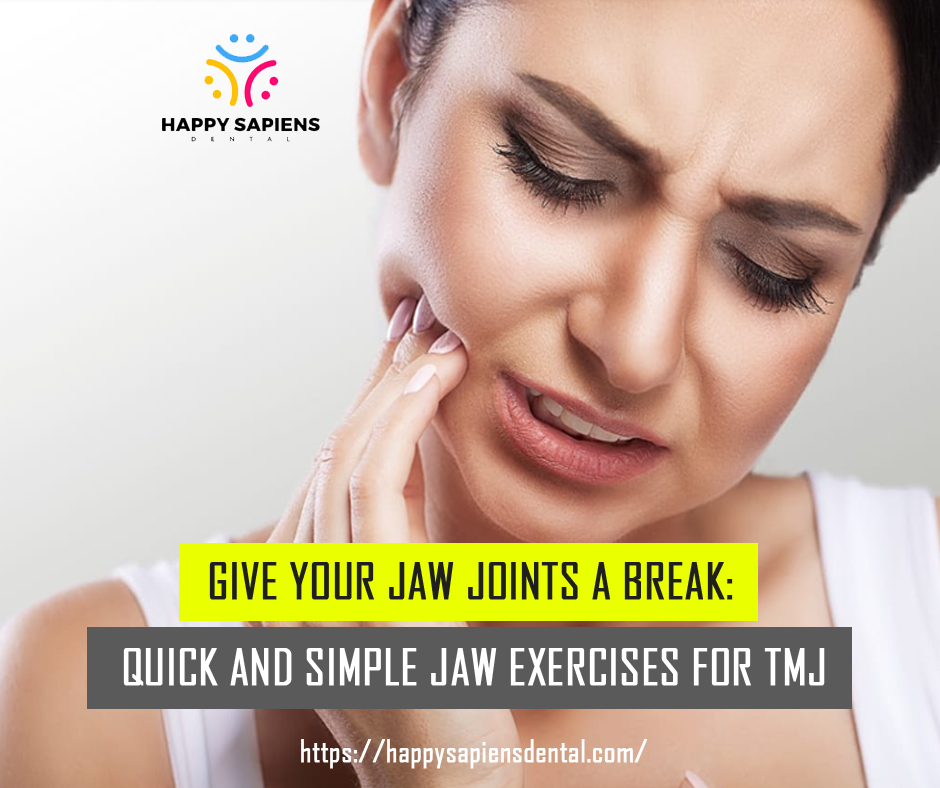
Over a decade of patient care
Request your appointment today!
PINEHURST - (281) 356-3351
WOODLANDS - (281) 367-3685
Give your Jaw Joints a Break: Quick and Simple Jaw Exercises for TMJ
Give your Jaw Joints a Break: Quick and Simple Jaw Exercises for TMJ

When you hear Temporomandibular joints, what comes into your mind? Most people would doze off. Others will ask you to repeat the words. But in rare cases, a few individuals know what TMJs are. But for the sake of everyone, let's dive deep into the things you need to know about the unsung heroes of your jaws.
Temporomandibular joints are a unique cluster of tissues, nerves, muscles, bones, and cartilage, which connect your jawbone to your skull. Whenever you eat or speak (basically any movement that concerns the mouth and jaw), your TMJ is responsible for jaw movement--especially chewing.
The bane of temporomandibular joint disorder
Most people often dismiss the pain they've been feeling in their jaw joints. Despite this unhealthy habit, they can't be blamed. Symptoms of TMD are relatively common and rarely causes any severe concern in the hopes of getting better over time. Neck, facial, and ear pain, headaches, difficulty when biting, clicking of jaws, popping sounds when biting are among the banner signs of the disorder.
A few minutes of your time
Considering TMD's risk factors, they're a high price to pay compared to how easy it is to prevent them. Recent studies show how stress affects your temporomandibular joints. It takes awhile to notice, but your jaw joint's muscular activity spike up when you're on edge.
Try these easy techniques to help your TMJs recuperate:
Inhale and exhale. Simple as it is, breathing exercises can do wonders in elevating your mood and reducing your stress levels. Let your chest expand and exhale slowly through the nose about the same amount of time as you inhaled for. Repeat this process at least five times.
Rocobado's 6 x 6 Exercise. A six-pronged routine is well known for its effectiveness in relieving TMJ pain - this aids in restoring regular joint activity and mobility. Doing these exercises for six repetitions helps your soft tissue memory to help your jaws relax.
- Resting position of the tongue - Let your tongue touch your upper palate while applying gentle pressure.
- TMJ rotation - Gently open and close your jaws in while your tongue presses your palate.
- Rhythmic Stabilization - Let your tongue remain on your upper palate. Place two fingers on your chin, use them to push your mouth open using gentle resistance.
- Axial neck extension - Put your hands behind your neck and move your chin up and down as if you're nodding.
- Shoulder posture correction - Squeeze the shoulder blades tightly while lifting your chest upward.
- Stabilized head flections - Gently move your chin towards your neck and push it out afterward.
Strengthening Exercises - Upon experiencing pain, try placing your thumb under your chin while pushing your chin against it. Open your mouth against the force and hold it open for at least five seconds. You can also open your mouth as wide as you can while pushing your index finger between your chin and lower lip. Close your mouth while resisting the force exerted by your fingers.
Final Thoughts
These three routines are among all the many exercises you can do in your spare time. Make sure to consult your dentist and physical therapist. The road to recovery can only be clear if you've got health experts guiding your way. Your family dentist may also advise you use night guards to prevent clenching and grinding. They can also recommend alternative brushing and teeth cleaning steps when oral hygiene becomes painful caused by jaw pain.
If you have any questions regarding TMJ/TMD Call us at (281) 367-3685 in Woodlands , (281) 356-3351 in Pinehurst or CLICK HERE to schedule an appointment
Have more questions or would like to schedule an appointment? CLICK HERE or Call Us at (281) 367-3685
Contact Info
Pinehurst Location
32030 Decker Prairie Rd
Pinehurst, TX
77362
(281) 356-3351
The Woodlands Location
26219 Interstate 45 N
The Woodlands, TX
77380
(281) 367-3685
© 2025 Happy Sapiens Dental and H-cube Marketing, www.DentalGrowthStrategies.com. All Rights Reserved.
This website uses cookies.
Este sitio web utiliza cookies.